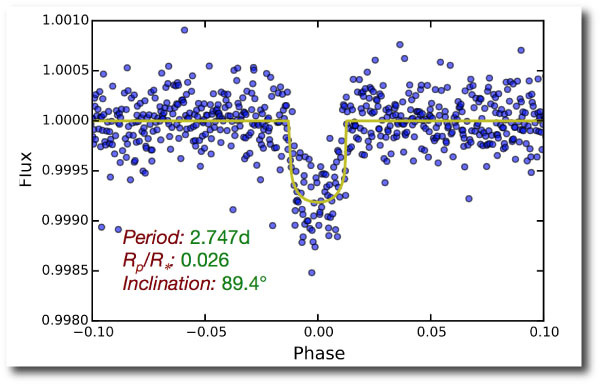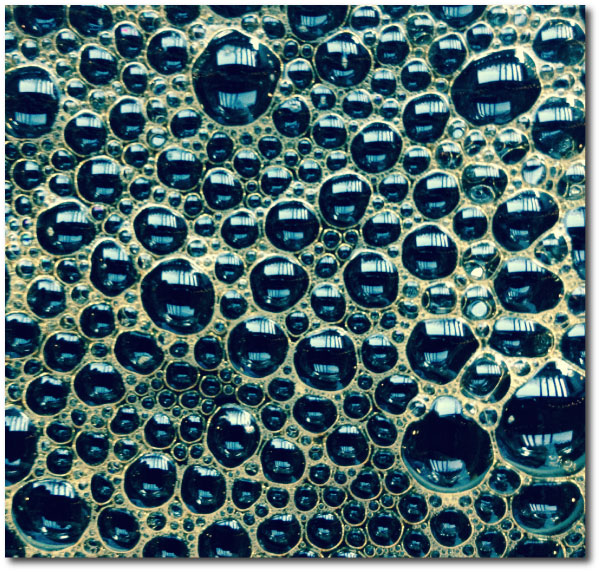For many years, and irregardless of the audience, one could profitably start one’s talk on extrasolar planets with an impressive plot. On the y-axis was the log of the planetary mass (or if one was feeling particularly rigorous, log[Msin(i)]), and the x-axis charted the year of discovery. The lower envelope of the points on the graph traced out a perfect Moore’s Law trajectory that intersected one Earth mass sometime around 2011 or 2012. (And rather exhiliratingly, Gordon Moore himself was actually sitting in the audience at one such talk, back in 2008.)
But now, that graph just makes me feel old, like uncovering a sheaf of transparencies for overhead projectors detailing the search for as-yet undiscovered brown dwarfs.
By contrast, a document that is fully-up-to-date is the new Kepler Catalog Paper, which was posted to arXiv last week. This article describes the latest, uniformly processed catalog of the full Q1-Q17 Kepler data release, and records 8,826 objects of interest and 4,696 planet candidates. This plot, in particular, is impressive:
For over a decade, transits were reliably the next big thing. At the risk of veering dangerously close to nostalgia trip territory, I recall all the hard-won heat and noise surrounding objects like Ogle TR-86b, Tres-1 and XO-3b. They serve to really set the plot above into a certain context.
Transits are now effectively running the exoplanet detection show. Much of the time on cutting-edge spectrographs — HARPS-N, HARPS-S, APF, Keck — is spent following up photometric candidates, and this is time-consuming work with less glamour than the front-line front-page searches of years past. Using a simple, admittedly naive solar-system derived mass-radius estimate that puts the best K-feet forward, the distribution of Doppler radial velocity amplitudes induced by all the Kepler candidates looks something like this:
Given that one knows the period, the phase, and a guess at the expected amplitude, RV detections of transiting planet candidates are substantially easier to obtain than blue-sky mining detections of low-amplitude worlds orbiting nearby stars. Alpha Centauri is closed for business for the next block of years.
Question is: During 2016, will there be a peer-reviewed detection of a Doppler-velocity-only planet with K<1 m/sec? Head over to Metaculus and make your prediction count.











